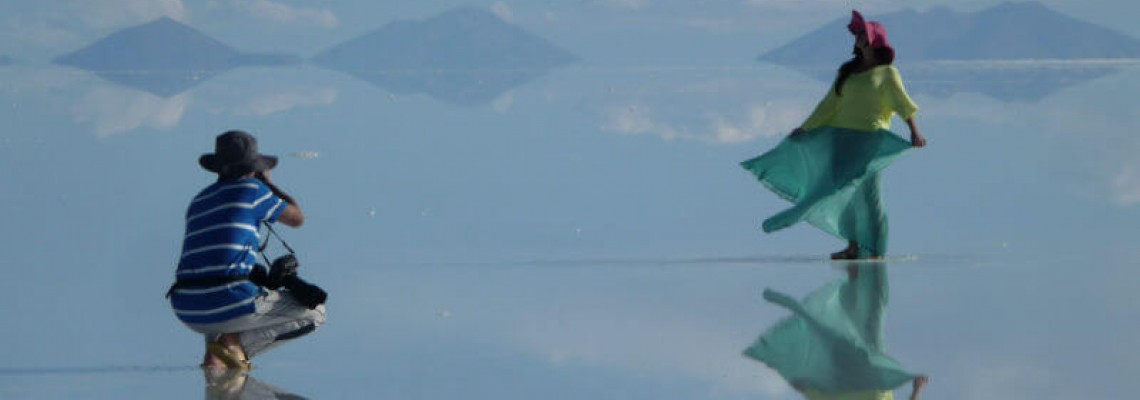
Travelling is taking the best memories with you of each place we visit in this onetime journey we call life. Each place has unique qualities, unique memories like that sky-high building that amazed you the first time you stood in front of it, the awe of gazing a boundless white desert like the Uyuni salt flats and its otherworldly mirror effect, the thrill and adrenaline of parachuting and rafting, the mystery behind a historical monument like the colossal Egypt pyramids or the plain sensation of relaxation in the waters of the Caribbean.
Every moment we enjoy is memory-worthy but over the years we will have so many different experiences that it will be more and more difficult to remember it all without the proper triggers. Photography can not only act as a great imagery to show others how you travelled around the World, but also to remember why you set out on that journey and what made it so special. The photographs you take should capture that essence and qualities and make you feel like you are travelling back in time again. That’s the main point and the most important tip: every photograph you capture should bring back those sensations. Keep that in mind when shooting.
When you travel to a foreign country you must take into account you are facing a culture that may differ from yours. You have to understand their traditions and how you should behave. A little research in advance is recommended and today is very easy to search on the internet about the necessary info (there are a ton of forums out there where people will be happy to help you). On one hand, understanding their culture will help you to better capture and be ready for the moments that make it something special. On the other side, you will learn whether it is a good idea or not to take photographs, as some cultures are very restrictive about them. The best you can do is wandering around the city or place you are visiting, get off the beaten track and explore. That way you will find locals and quirky and lovely things. You never know! Make it into a thrilling, enigmatic and most of all, fun experience.
Of course, when walking around isolated alleys and streets, keep always your hand in your camera and don’t be naive. Act always with common sense and if you think a place is too dangerous better don’t venture in. As for taking photographs to people, try to ask for permission whenever you can. Most will be flattered and will agree, and in case they don’t it is always better to avoid any confrontation. And if you are just taking a photo of your friends, make it worthy! Find a balance between them and the environment that makes the moment something worth to remember.
When going to capture the important landmarks of a city such as buildings and monuments you can try to replicate the photographs you have previously seen in magazines and postcards or get more creative to obtain new and fresh images. Overall it is good to go for a wide shot which shows the sense of a place as well as the people, but you have to think if the people adds anything to the result photograph or instead you prefer to wait until all the locals and tourists pass by and maybe capture the solitude of an ancient monument like the Roman Colosseum and ruins. Think about what they represent and what might suit better. Lightning can be helpful, and you can obtain drastic changes from sunlight to a rainy day or a stormy evening. Last, remember to capture the sense of scale. I’m sure you will remember very well the size of that immense piece of work you visited, but in a photograph you can’t tell how big it was. A good practice is to capture the moment with people passing by or asking someone (a friend) to stood by.
Another matter to consider is looking for viewpoints. For example, in a typical La Paz walking tour you can stroll to Kili Kili where you have a panoramic 360 degree view of the city. These standpoints allows you to capture the skyline of the cityscape and its own feel just in one photograph.
Weather can also take a big part depending on what you are visiting. If you are taking a Salar de Uyuni tour you will realize the landscape completely changes over the year. It’s not the same going on the rainy season than in the dry season. And not only because you wouldn’t be able to see the same things, but because if you are looking or the mirror effect you should go when it’s wet, whereas if you prefer the whiteness of the salt desert, travel in the dry season. Both offer distinctive chances of photography: you can play with perspective and scale when no water is around, or you can shoot the sky reflected on the ground. Knowing when to travel to certain destinations is as important as planning in advance what you are going to photograph.
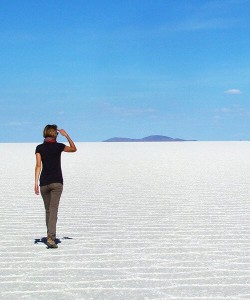




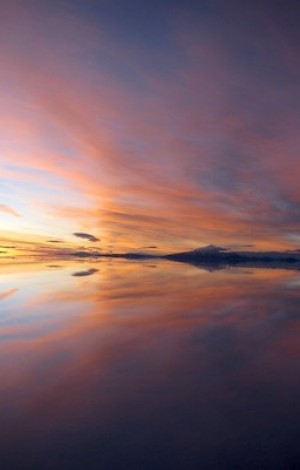
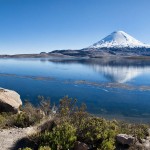
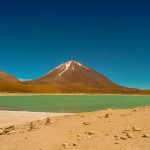
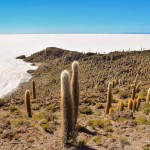
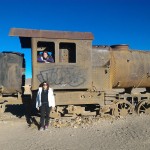
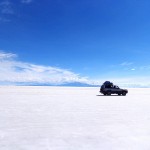
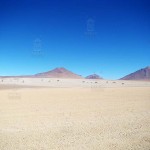
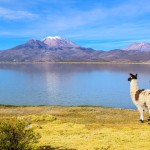
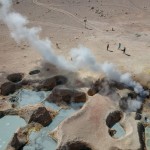
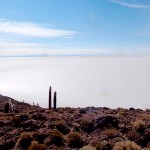
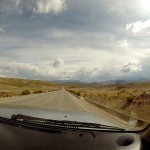
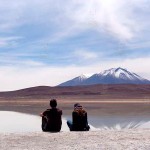
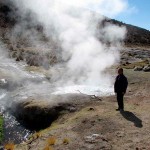
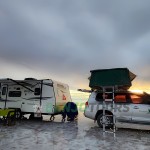
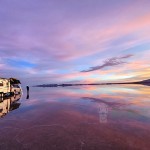
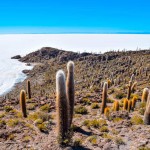
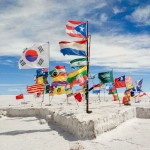

Leave a Comment